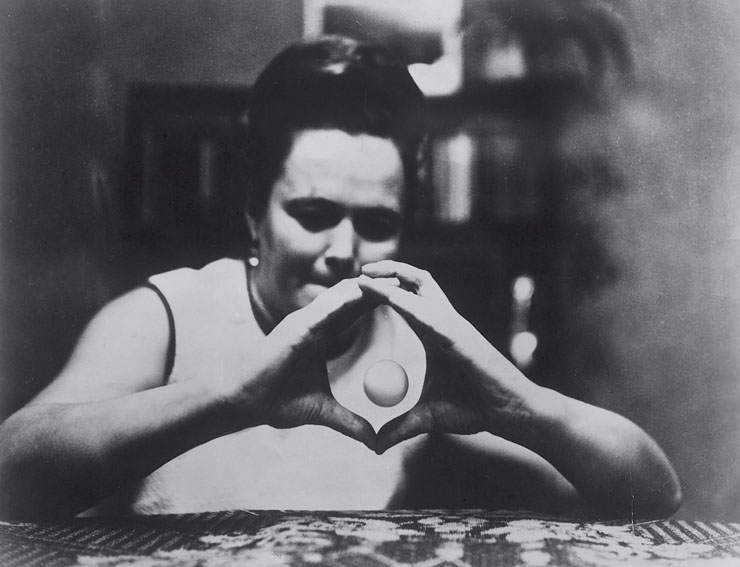The novelist Leo Litwak spent some quality time in the ’60s and ’70s writing magazine articles about American dreamers, from Ronald Reagan to Walt Disney to Werner Erhard, and getting to the essence of Esalen before Paul Mazursky did. For his fascinating 1972 New York Times Magazine piece, “Rolfing, Aikido, Hypnodramas, Psychokinesis, and Other Things Beyond the Here and Now” (subscription required), Litwak attended the Association for Humanistic Psychology meeting at Squaw Valley, becoming familiar with all manner of back-cracking, mind-bending, life-altering methods. An excerpt:
The insistence upon active audience participation keeps the meetings from becoming dull. I attended a hypnodrama session at the Hofbrau, an A-frame, chalet-type building, with scripted placards advertising the menu hanging from the walls (“Hier gibts fondue”). The Hofbrau was jammed. We were to be hypnotized, and were then to participate in a hypnodrama. We encircled the fieldstone fireplace in the center of the large dining hall as Ira Greenberg of the Carmelito, Calif., State Hospital led the session. He described hypnosis as a “control of our controls.” It was a technique, he said, that enabled us to concentrate deeply and regress to forgotten states; once these states were recalled, hypnodrama could be used to act them out, enabling us finally to gratify the unsatisfied nurture needs of infancy.
We removed our shoes and lay on the floor flat on our backs. We were instructed to relax. We began with the toes and very gradually worked up to the head. We were assured that the process was pleasant. We were asked to imagine a yardstick within our minds. We slowly counted down the yardstick until we came to the number which we felt represented the depth of our hypnosis. We tried to sink beneath this number. There were a few snores. We were urged to stay awake. We then began a fantasy trip. We flew up the mountain that was behind the Hofbrau; we were told to soar above the crest and enjoy the flight. We then settled down near the crest by a cave; entered inside and walked down a corridor passing several doors, stopping at that one which enclosed a place we had always wished to enter. We passed through this door, looked around, left the cave, descended to the Hofbrau and then awoke. We assembled in groups of five to discuss the experience. An elderly couple, a trifle disgruntled, denied that they were hypnotized and were skeptical that anyone else was. I myself felt quite relaxed and refreshed. A good many of those in the audience said they had been in deep trances.
A hypnodrama was then staged, based on a young woman’s fantasy. When she had been asked to pass through the door to her special place, her fantasy was that she had entered her high-school lavatory; a woman attendant sat at the threshold and refused to acknowledge her; she felt deeply disturbed. Roles were assigned to volunteers. The young lady was returned to hypnosis. She again passed through the door and confronted the impassive woman attendant. She burst into tears, and begged for a demonstration of affection. The attendant rose to comfort her. At the moment of revelation I had to leave for an appointment with the A.H.P. officers who were to brief me on the current state of humanistic psychology.•

